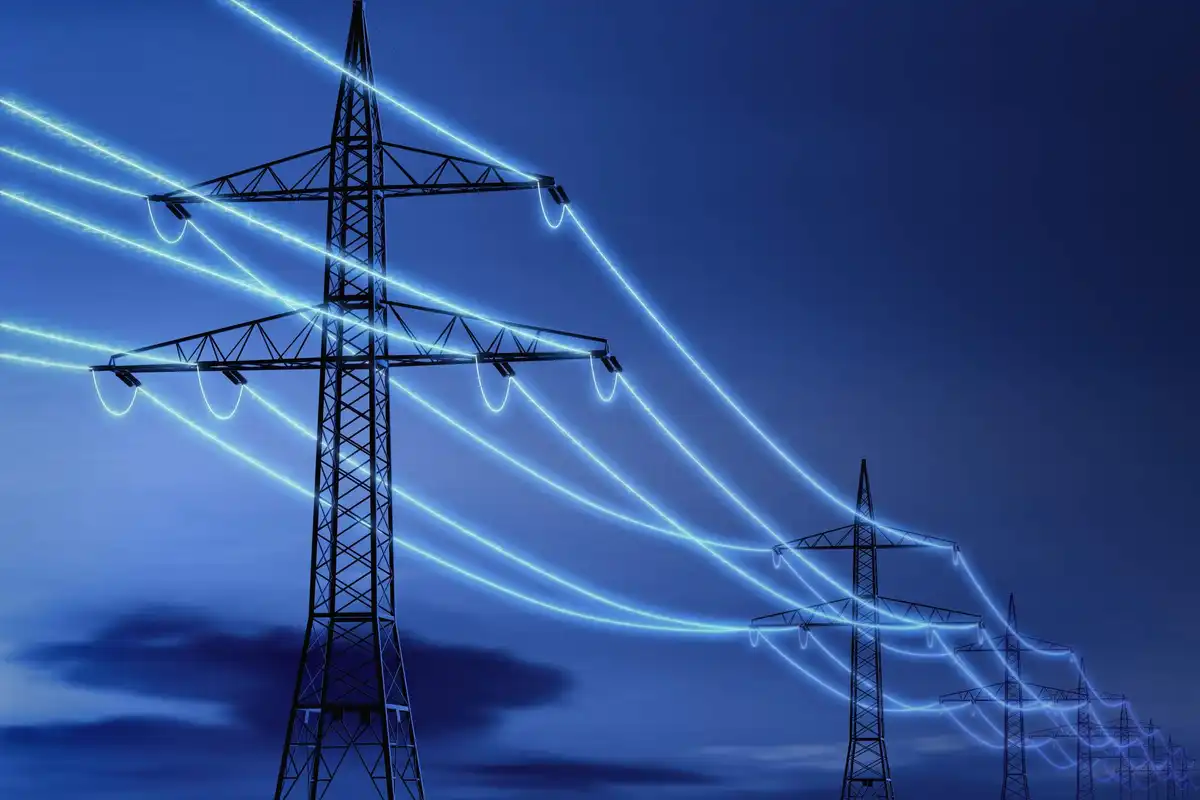UH Energy names latest winners of commercialization competition
future energy leaders
UH Energy named its second Innovation Commercialization Competition winners earlier this month with the goal of identifying promising ideas within the university that could have an impact in the energy transition.
The winning team, ECHO, or Electrochemical CO2 Harvester from the Ocean, was awarded a $25,000 award from Chevron, the event's sponsor, after presenting their pitch in front of a live Houston audience earlier this month.
“You don’t see the full impact of a good idea until someone figures out a way to convert it to a usable product or service that has value, brings it to market and makes money off of it—this is what makes it a sustainable business,” S. Radhakrishnan, the competition's coordinator and a retired University of Houston business professor, says in a statement. “To have a successful energy transition, we need many innovative ideas to be commercialized.”
Eighteen teams of University of Houston graduate students competed in the months-long competition and focused on projects related to carbon capture, carbon sequestration and lithium extraction from geothermal operations. Each team received a $2,000 stipend and mentoring throughout the competition.
The ECHO team was named the UH-Chevron Energy Transition Energy Innovation Challenge Winner. Comprised of four UH environmental engineering doctoral students (Prince Aleta, Ahmad Hassan, Mohsen Afshari and Abdelrahman Refale) and advised by Mim Rahimi, assistant professor of environmental engineering at the UH Cullen College of Engineering, the team pitched a membrane-less electrochemical process to capture carbon dioxide efficiently and sustainably. According to a statement from UH, the technology "seamlessly integrates with existing seawater intake infrastructure."
“As we’re from the STEM field, we normally work in lab environments, and I hear people say that what we’re working on has less commercial value and that it would take ages for them to commercialize,” Hassan adds in the statement. “This (competition) gave us the confidence and motivation to move forward.”
UH-based startup GeOME Analytics, led by UH's Moores Professor of Biology and Biochemistry and GeOME's president Preethi Gunaratne, was named the UH Energy Innovation Challenge Winner. The team pitched a new method for reservoir drainage diagnostics that uses the company's personalized DNA biomarkers. Other team members include Marcus Phillips, GeOME's vice president; postdoctoral researchers Partha Bhagavanthula and Nuwan Acharige; and UH graduate students, Micah Castillo, Dishan Adhikari and Shiyanth Thevasagayampillai.
Additional finalists included:
- Team LiQuidium – Pitched lithium extraction from geothermal brines
- Aldrogen – Pitched an A.I.-powered solution to improving grid resiliency while reducing emissions
- MacAlgae – Pitched an environmentally conscious method of mycelium production
“The technology that was on display was fascinating,” Liz Schwarze, vice president of global exploration for Chevron, said in a statement. “I’m optimistic we can continue to grow this program, because it’s all about creating a culture where we can pursue our scientific and engineering dreams while partnering with business and entrepreneurship along the way to spinoff value to our community faster.”
Last month, UH and Chevron also partnered up to name its first-ever cohort of UH-Chevron Energy Graduate Fellows. The PhD and doctoral students will each receive a one-year $12,000 fellowship, along with mentoring from experts at UH and Chevron.







 Air Liquide and Hyundai agreed to expand hydrogen refuelling networks, storage capacity and more at a meeting in Seoul last week. Photo courtesy Air Liquide.
Air Liquide and Hyundai agreed to expand hydrogen refuelling networks, storage capacity and more at a meeting in Seoul last week. Photo courtesy Air Liquide.
